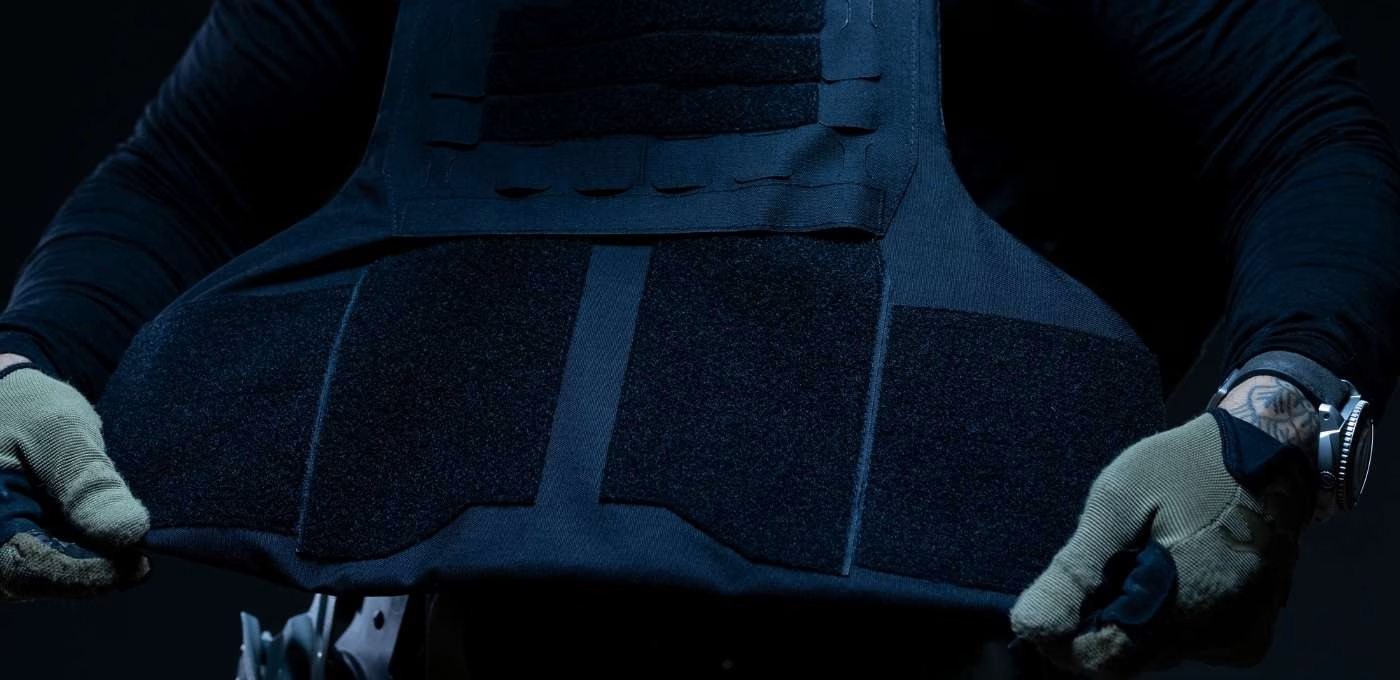
Explanation of NIJ standard 0101.07


NIJ Standard 0106.01 specifically addresses the ballistic requirements for bulletproof helmets, while NIJ Standard 0101.06 refers to bulletproof vests and hard armor plates. Established in 1981, NIJ 0106.01 is considered outdated due to advancements in materials, which are now significantly lighter and stronger. Consequently, many manufacturers conduct tests that exceed the standard’s original specifications to account for these improvements.
NIJ Standard 0106.01 focuses on three distinct ballistic levels, each designed to address different threat levels and types of ammunition. These levels provide guidance on the protection capabilities required for bulletproof helmets to effectively mitigate various ballistic threats.
As previously mentioned, the standard does not address the latest threats. Therefore, many manufacturers now use a modified version of NIJ Standard 0106.01, aligning the testing with the threat levels specified in NIJ Standard 0101.06 for bulletproof vests. This includes testing against .44 Magnum and .357 SIG rounds for Level 3A protection. The original protection levels are considered outdated and insufficient by current standards.
This results in a ballistic helmet capable of stopping the most advanced small arms threats. A noticeable difference can be observed when examining the test weapons and the increased velocity of the rounds. For instance, the .357 SIG FMJ travels 90 m/s faster than the 9mm FMJ, highlighting the enhanced ballistic performance required.
It is crucial to avoid purchasing helmets that are only tested for NIJ Level II under the original NIJ Standard 0106.01, as they may not provide adequate protection against modern threats.
Your ballistic helmet needs as a minimum, to be tested according to the modified standard, where the ballistic helmet is tested to NIJ IIIA (3a). A helmet tested to the level 3a standard provides a lot more protection. At the same time, the V50 value will be significantly better for a ballistic helmet that can stop a .44 Magnum and .357 SIG.
The V50 value measures a ballistic helmet’s resistance to fragments. Originally developed for ballistic vests, this standard is now also applied to riot gear and ballistic helmets, emphasizing the importance of fragment protection. Effective fragment resistance is as crucial as bullet resistance in ensuring comprehensive protective capabilities.
To measure the V50 value, different FSPs (fragments) are used where the most normal size of a fragment is 1.1g. The fragment is fired at a certain velocity, where upon you can measure the strength of the helmet against the fragment.
The most widely used standards for testing the fragment resistance for a ballistic helmet are:
At Protection Group Danmark our helmets are all tested according to STANAG2920 and MILL STD 662 E, where our ballistic helmets can stop up to 700 m/s, where the highest F6 level for STANAG2920 is 650 m/s. A ballistic helmet must be tested against this!